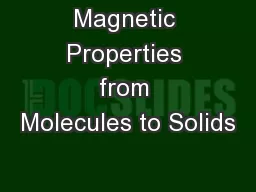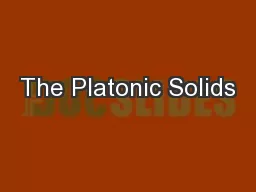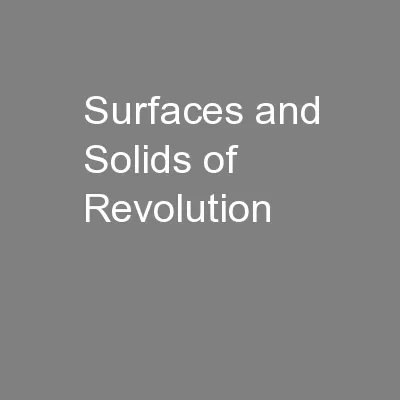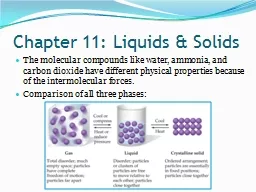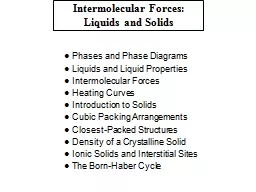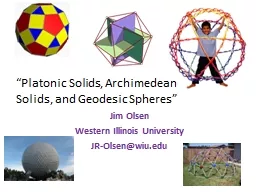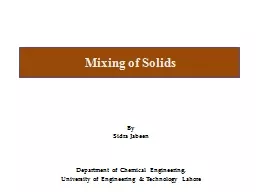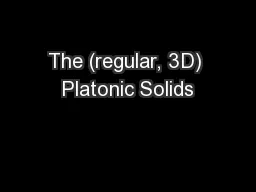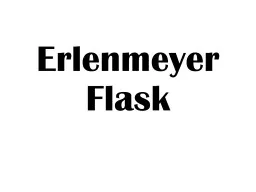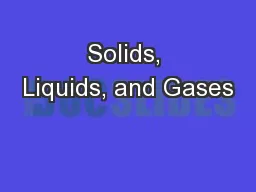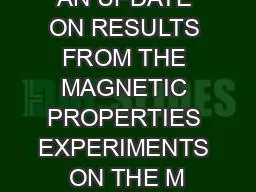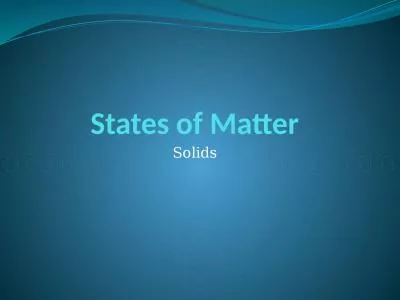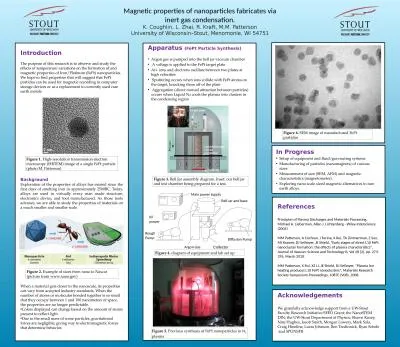PPT-Magnetic Properties from Molecules to Solids
Author : faustina-dinatale | Published Date : 2017-04-01
diamagnetic paramagnetic ferromagnetic antiferromagnetic ferrimagnetic Materials may be classified by their response to externally applied magnetic fields as Magnetic
Presentation Embed Code
Download Presentation
Download Presentation The PPT/PDF document "Magnetic Properties from Molecules to So..." is the property of its rightful owner. Permission is granted to download and print the materials on this website for personal, non-commercial use only, and to display it on your personal computer provided you do not modify the materials and that you retain all copyright notices contained in the materials. By downloading content from our website, you accept the terms of this agreement.
Magnetic Properties from Molecules to Solids: Transcript
Download Rules Of Document
"Magnetic Properties from Molecules to Solids"The content belongs to its owner. You may download and print it for personal use, without modification, and keep all copyright notices. By downloading, you agree to these terms.
Related Documents

